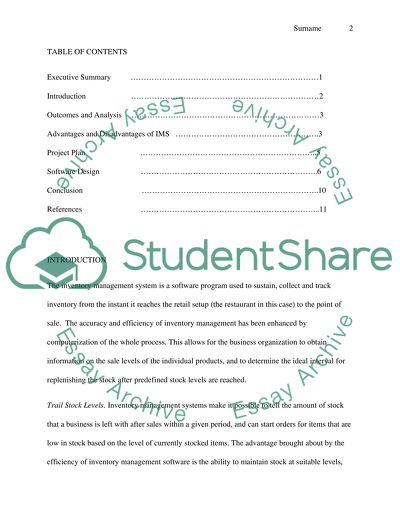Cite this document
(“Report Essay Example | Topics and Well Written Essays - 2000 words - 5”, n.d.)
Report Essay Example | Topics and Well Written Essays - 2000 words - 5. Retrieved from https://studentshare.org/information-technology/1486161-report
Report Essay Example | Topics and Well Written Essays - 2000 words - 5. Retrieved from https://studentshare.org/information-technology/1486161-report
(Report Essay Example | Topics and Well Written Essays - 2000 Words - 5)
Report Essay Example | Topics and Well Written Essays - 2000 Words - 5. https://studentshare.org/information-technology/1486161-report.
Report Essay Example | Topics and Well Written Essays - 2000 Words - 5. https://studentshare.org/information-technology/1486161-report.
“Report Essay Example | Topics and Well Written Essays - 2000 Words - 5”, n.d. https://studentshare.org/information-technology/1486161-report.


